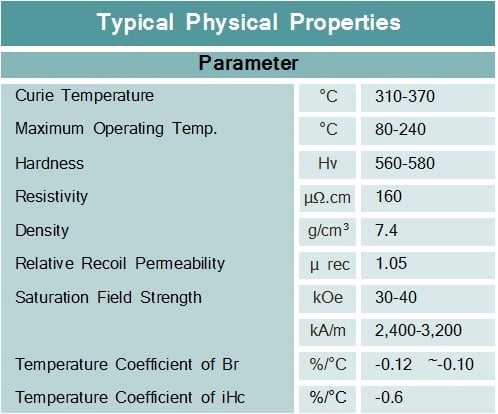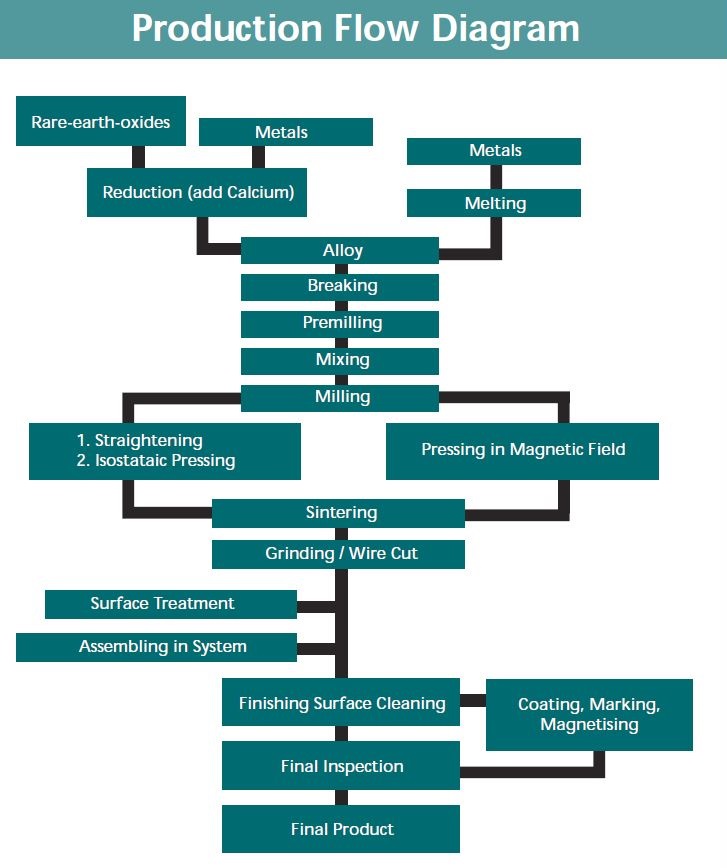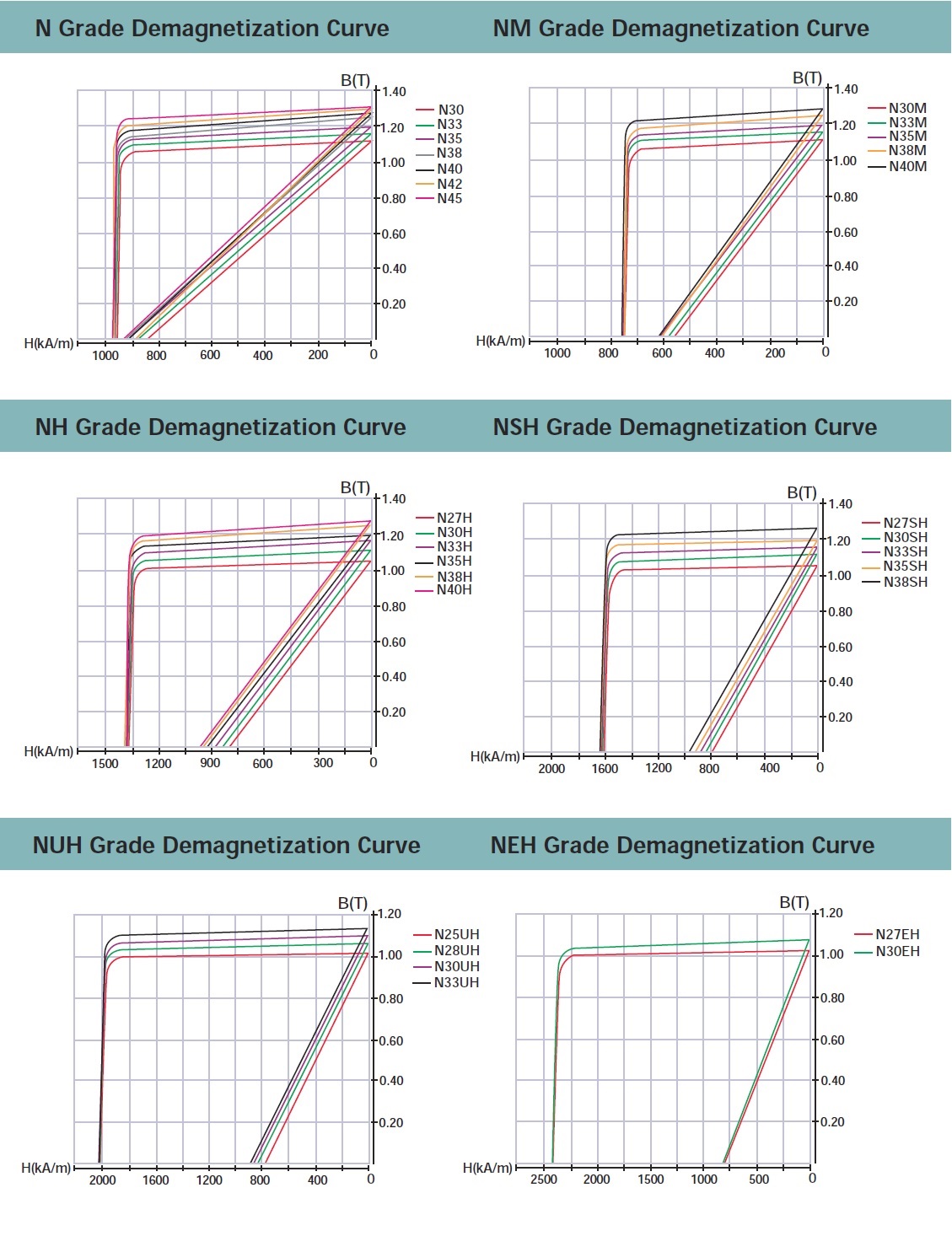Strong
Strong magnets, however our wood was warped, so we couldn't use them for this job - maybe another in the future.
Product code: 22008


Prices are GST Incl.
Volume pricing available on requestAustralia's Leading Supplier
Shipping Worldwide*
30 Day Returns
Same Day Dispatch*
This rare earth block magnet has a length of 40mm, a width of 10mm and a thickness of 4mm. It has the AMF magnet part number 22008. It has a centred 4mm countersunk hole with an 8mm head width.
Please note: this magnet is susceptible to breaking if attachment screws are over-tightened.
When an individual magnet’s pull force limit has been exceeded, the magnetic bond ceases. This characteristic allows designers and tradespeople to choose a magnet as much for its release threshold as for its holding ability.
Magnetic bond and the force needed to cause disengagement could be described as intuitive. A magnets’ release threshold allows designers to fashion products that are much easier to replace, clean and service. This increases a product or devices utility and longevity.
The fastening relationship between magnets and all the various types of modern plastic fabrications and materials has really crowned magnetic bond as the superior adhesion method for the modern world. Outdated fasteners that are penetrative and overengineered, cannot compete with the simple, intuitive and invisible bond that magnets have to offer. The arrival of modern Rare Earth magnets heralded a new era for designers and have been the perfect marriage for plastics ever since.
This Countersunk Neodymium magnet allows for application to projects where the magnet needs to be fixed to a wooden or other types of surface neatly and with no protruding parts above the surface of the magnet. Often applied to sliding doors or cabinets in combination with a metal plate to act as a simple locking device. A self-tapping screw with a slotted or Phillips head will secure the magnet in place.
This countersunk block magnet is ideal for fastening and popular with carpenters, sheet metal fabricators, aluminium and glazing suppliers and fastener supply outlets.
No FAQ available
Neodymium Block Magnet - 40mm x 10mm x 4mm | Countersunk 4-8mm Hole (22008)

Neodymium Block Magnet - 40mm x 10mm x 4mm | Countersunk 4-8mm Hole (22008)

Neodymium Block Magnet - 40mm x 10mm x 4mm | Countersunk 4-8mm Hole (22008)

Neodymium Block Magnet - 40mm x 10mm x 4mm | Countersunk 4-8mm Hole (22008)

Neodymium Block Magnet - 40mm x 10mm x 4mm | Countersunk 4-8mm Hole (22008)


NB: Ranges are indicative for product category, please check individual products for specic values within that range.



The most common coating for Neodymium magnets is Nickel + Copper + Nickel (Ni + Cu + Ni). This coating offers the magnet relatively good protection from corrosion and passive applications. If the magnet will be exposed to moisture or liquid then consider the use of an organic coating such as Epoxy. A hard wearing coating, Epoxy is suited to applications where the magnet will come under some friction or knocking.

Magnets are readily available in Blocks, Discs, Cylinders & Rings. AMF Magnetics specializes in the supply of short-run prototype magnets including Arc Segments, various magnetic orientations etc. If you need a magnet size that we don't carry in stock, submit a Design-a-Magnet enquiry for a quote on your custom magnet design.

Neodymium magnets are offered in several different grades. The first section N30-54 has an operating temperature of up to 80 degrees. Most of our stock only goes up to N38. The second section, denoted with the "M" prefix after the grade has an operating temperature 100 degrees. After this the grades are "H", "SH", "UH" & "EH". In order for the magnet to withstand a higher operating temperature, during production more of the raw material PrNd is incorporated as these elements have a naturally occurring resistance to high temperatures.
This rare earth block magnet has a length of 40mm, a width of 10mm and a thickness of 4mm. It has the AMF magnet part number 22008. It has a centred 4mm countersunk hole with an 8mm head width.
Please note: this magnet is susceptible to breaking if attachment screws are over-tightened.
When an individual magnet’s pull force limit has been exceeded, the magnetic bond ceases. This characteristic allows designers and tradespeople to choose a magnet as much for its release threshold as for its holding ability.
Magnetic bond and the force needed to cause disengagement could be described as intuitive. A magnets’ release threshold allows designers to fashion products that are much easier to replace, clean and service. This increases a product or devices utility and longevity.
The fastening relationship between magnets and all the various types of modern plastic fabrications and materials has really crowned magnetic bond as the superior adhesion method for the modern world. Outdated fasteners that are penetrative and overengineered, cannot compete with the simple, intuitive and invisible bond that magnets have to offer. The arrival of modern Rare Earth magnets heralded a new era for designers and have been the perfect marriage for plastics ever since.
This Countersunk Neodymium magnet allows for application to projects where the magnet needs to be fixed to a wooden or other types of surface neatly and with no protruding parts above the surface of the magnet. Often applied to sliding doors or cabinets in combination with a metal plate to act as a simple locking device. A self-tapping screw with a slotted or Phillips head will secure the magnet in place.
This countersunk block magnet is ideal for fastening and popular with carpenters, sheet metal fabricators, aluminium and glazing suppliers and fastener supply outlets.
No FAQ available
Neodymium Block Magnet - 40mm x 10mm x 4mm | Countersunk 4-8mm Hole (22008)

Neodymium Block Magnet - 40mm x 10mm x 4mm | Countersunk 4-8mm Hole (22008)

Neodymium Block Magnet - 40mm x 10mm x 4mm | Countersunk 4-8mm Hole (22008)

Neodymium Block Magnet - 40mm x 10mm x 4mm | Countersunk 4-8mm Hole (22008)

Neodymium Block Magnet - 40mm x 10mm x 4mm | Countersunk 4-8mm Hole (22008)


NB: Ranges are indicative for product category, please check individual products for specic values within that range.



The most common coating for Neodymium magnets is Nickel + Copper + Nickel (Ni + Cu + Ni). This coating offers the magnet relatively good protection from corrosion and passive applications. If the magnet will be exposed to moisture or liquid then consider the use of an organic coating such as Epoxy. A hard wearing coating, Epoxy is suited to applications where the magnet will come under some friction or knocking.

Magnets are readily available in Blocks, Discs, Cylinders & Rings. AMF Magnetics specializes in the supply of short-run prototype magnets including Arc Segments, various magnetic orientations etc. If you need a magnet size that we don't carry in stock, submit a Design-a-Magnet enquiry for a quote on your custom magnet design.

Neodymium magnets are offered in several different grades. The first section N30-54 has an operating temperature of up to 80 degrees. Most of our stock only goes up to N38. The second section, denoted with the "M" prefix after the grade has an operating temperature 100 degrees. After this the grades are "H", "SH", "UH" & "EH". In order for the magnet to withstand a higher operating temperature, during production more of the raw material PrNd is incorporated as these elements have a naturally occurring resistance to high temperatures.

The Pull Force listed for each magnet is based on lifting 10mm thick steel from a horizontal surface. Magnets on a vertical surface (of 10mm thick steel) are generally able to hold around only 30% of the pull force listed in the product description. This is due to the effects of gravity and the lack of friction between the surface and the shiny magnet. Read More